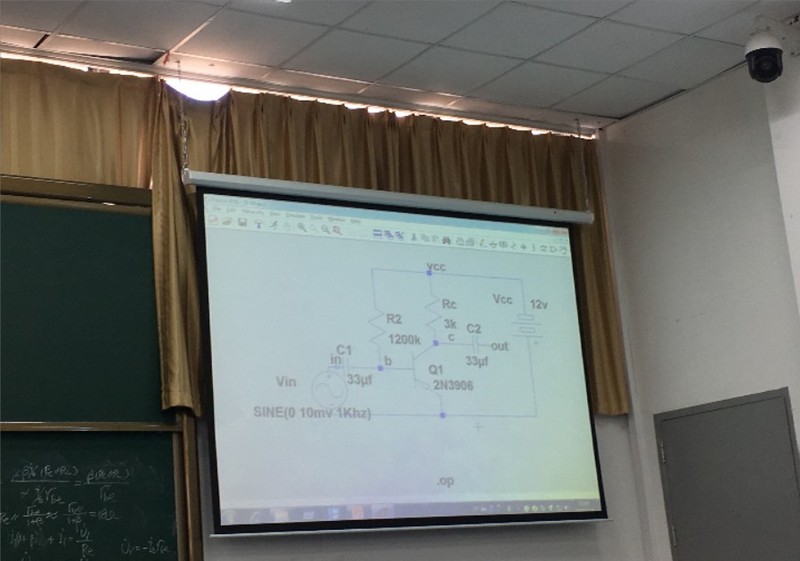python中利用队列asyncio.Queue进行通讯详解
前言
本文主要给大家介绍了关于python用队列asyncio.Queue通讯的相关内容,分享出来供大家参考学习,下面话不多说了,来一起看看详细的介绍吧。
asyncio.Queue与其它队列是一样的,都是先进先出,它是为协程定义的
例子如下:
import asyncio
async def consumer(n, q):
print('consumer {}: starting'.format(n))
while True:
print('consumer {}: waiting for item'.format(n))
item = await q.get()
print('consumer {}: has item {}'.format(n, item))
if item is None:
# None is the signal to stop.
q.task_done()
break
else:
await asyncio.sleep(0.01 * item)
q.task_done()
print('consumer {}: ending'.format(n))
async def producer(q, num_workers):
print('producer: starting')
# Add some numbers to the queue to simulate jobs
for i in range(num_workers * 3):
await q.put(i)
print('producer: added task {} to the queue'.format(i))
# Add None entries in the queue
# to signal the consumers to exit
print('producer: adding stop signals to the queue')
for i in range(num_workers):
await q.put(None)
print('producer: waiting for queue to empty')
await q.join()
print('producer: ending')
async def main(loop, num_consumers):
# Create the queue with a fixed size so the producer
# will block until the consumers pull some items out.
q = asyncio.Queue(maxsize=num_consumers)
# Scheduled the consumer tasks.
consumers = [
loop.create_task(consumer(i, q))
for i in range(num_consumers)
]
# Schedule the producer task.
prod = loop.create_task(producer(q, num_consumers))
# Wait for all of the coroutines to finish.
await asyncio.wait(consumers + [prod])
event_loop = asyncio.get_event_loop()
try:
event_loop.run_until_complete(main(event_loop, 2))
finally:
event_loop.close()
输出如下:
consumer 0: starting consumer 0: waiting for item consumer 1: starting consumer 1: waiting for item producer: starting producer: added task 0 to the queue producer: added task 1 to the queue consumer 0: has item 0 consumer 1: has item 1 producer: added task 2 to the queue producer: added task 3 to the queue consumer 0: waiting for item consumer 0: has item 2 producer: added task 4 to the queue consumer 1: waiting for item consumer 1: has item 3 producer: added task 5 to the queue producer: adding stop signals to the queue consumer 0: waiting for item consumer 0: has item 4 consumer 1: waiting for item consumer 1: has item 5 producer: waiting for queue to empty consumer 0: waiting for item consumer 0: has item None consumer 0: ending consumer 1: waiting for item consumer 1: has item None consumer 1: ending producer: ending
总结
以上就是这篇文章的全部内容了,希望本文的内容对大家的学习或者工作具有一定的参考学习价值,如果有疑问大家可以留言交流,谢谢大家对【听图阁-专注于Python设计】的支持。



